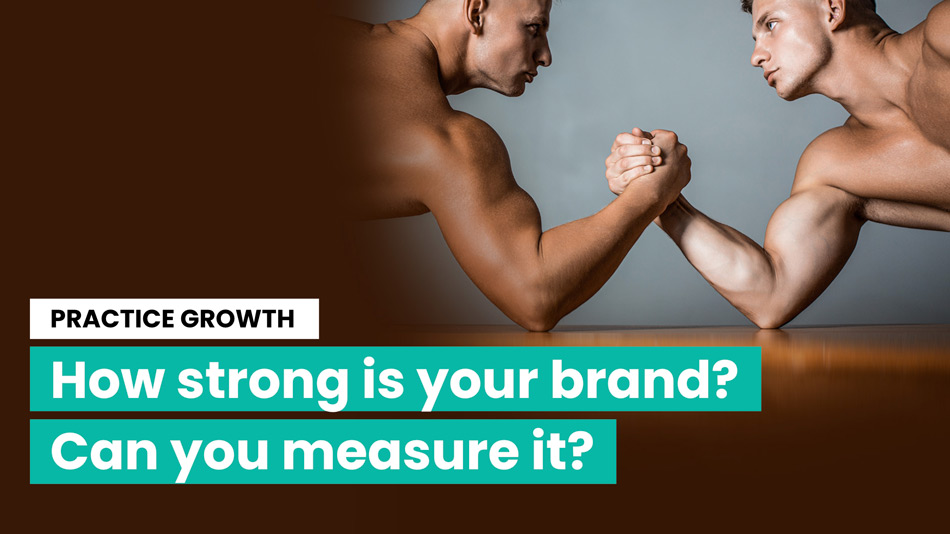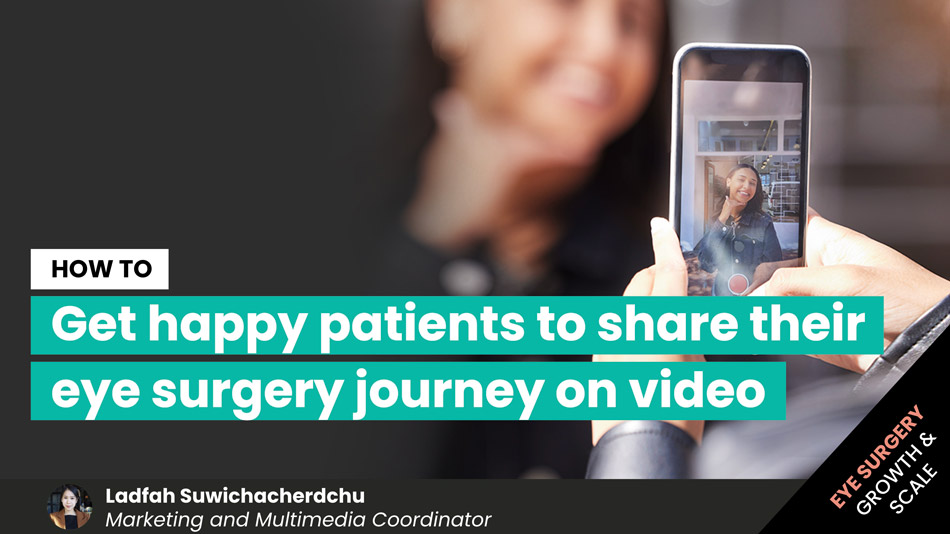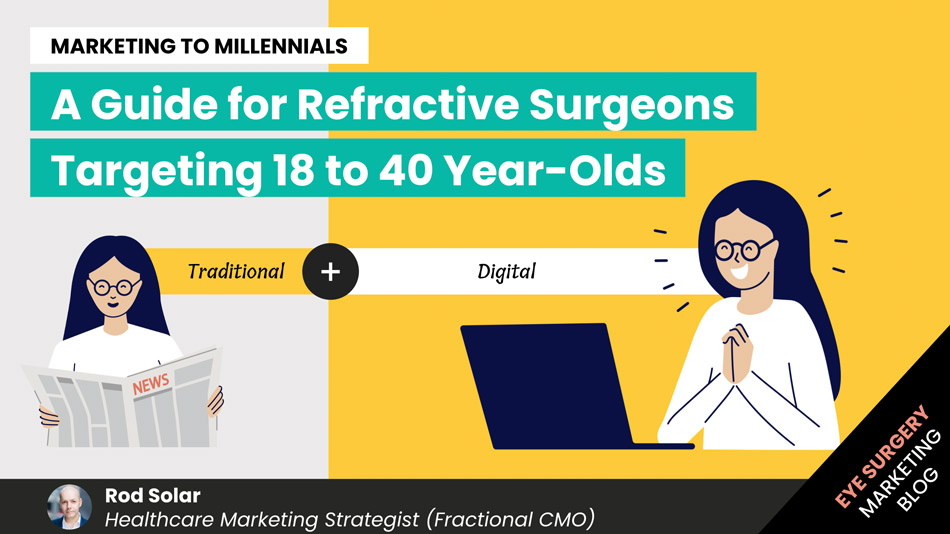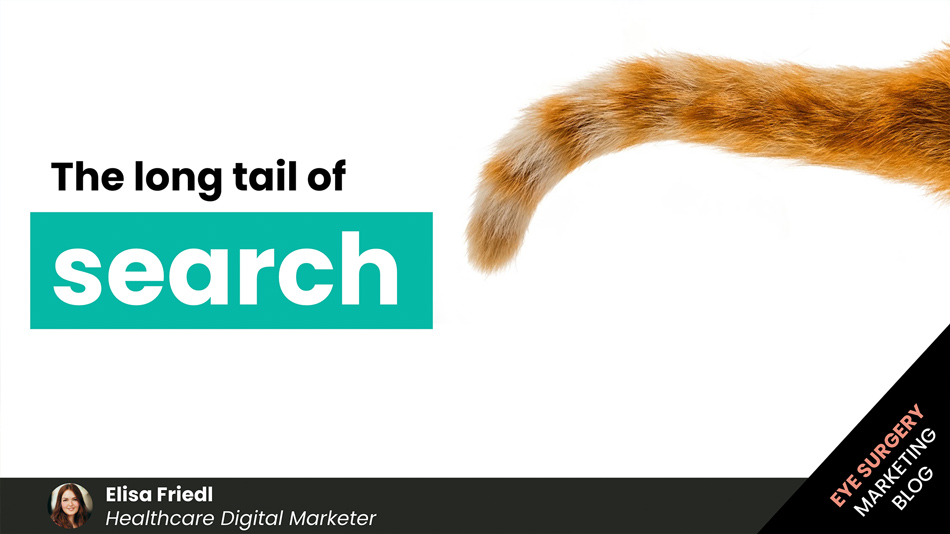
Rod Solar on Social Media featured in Eurotimes October 2012
Social Media Marketing. Expanded word-of-mouth and information may be best use for interactive online connections
Rod Solar on social media as a marketing tool for medical practices featured in a Eurotimes article in October 2012. The full article by Howard Larkin is below:
After more than two years on Facebook, Arthur Cummings MB ChB, MMed(Ophth), (Pret), FCS(SA), FRCSEd, can name only one patient he knows for sure that first heard of him through social media. “She searched for ‘keratoconus’ on the web and it came up within our Facebook page. She had seven children so she was familiar with social media. She saw what current patients were saying and she got a good feel for the practice before she ever saw us,” says Dr Cummings, who runs the Wellington Eye Clinic, Dublin, Ireland, with partner Richard Corkin MB ChB (Cape Town), FCS (Ophth) SA, MRC (Ophth).
Despite the relative lack of response so far, Wellington’s leaders are sticking with social media, including Facebook and an extensive YouTube video channel, for several reasons. For one, they consider social media less of a business development tool and more of an educational service and a way to keep in touch with existing patients and friends of the clinic, Dr Cummings says. For another, they believe that social media will become much more important for establishing a practice’s credibility as it matures.
“Social media is like websites were a few years ago. Everyone thought they had to have one, but it took a number of years for it to become clear what you should be doing and how you should position yourself. We are experimenting with social media now, but we know anecdotally people already use it for research when they are looking for services,” says Wellington’s practice manager, Ed Toland.
Mr Solar points out that the main difference between social media and a company website is that social media attracts members who share specific interests and activities, or who are interested in the activities and interests of a specific community, for the purpose of sharing information.
Social versus commercial media
Wellington’s experience is not unusual, says Rod Solar of consultants LiveseySolar Practice Builders Ltd, London, UK. Social media is in its infancy, and its value can be difficult to prove; however, it holds great potential. Also, emerging research holds clues as to how it might best be harnessed, Mr Solar says. The key is to understand the different ways that people use and view social media compared with more commercial approaches such as advertising and websites. Fundamentally, it all comes down to trust.
Mr Solar points out that the main difference between social media and a company website is that social media attracts members who share specific interests and activities, or who are interested in the activities and interests of a specific community, for the purpose of sharing information. Users are there to talk to each other and information moves from many users to many users. As a result, users are regularly engaged and information can go “viral”, passing quickly from one network of users to another.
“Conversation can be one-sided on the web, but it can be multi-sided in social media. That is the biggest difference.” – Rod Solar
A website, on the other hand, generally attracts people who are looking for information about a specific product or service. Information moves primarily from one source to many users. “Conversation can be one-sided on the web, but it can be multi-sided in social media. That is the biggest difference,” Mr Solar notes. Blogging and message boards can incorporate elements of social media by cultivating a subscriber base, but absent a connection to a blogging network or true social network site there is little opportunity for such content to reach new users.
“It is the perfect marriage of trusted source and trusted media. There is no reason for doctors not to engage in social media.” – Rod Solar
As a result, social media is typically seen as less biased and more trustworthy. According to a 2011 Nielsen survey of 28,000 consumers in 56 markets worldwide, 70 per cent of respondents trusted completely or somewhat consumer opinions posted online, second only to “recommendations from people I know” at 92 per cent. In third place, were branded websites tied to editorial content such as newspaper articles, which were trusted by 58 per cent of respondents. Factor in the high trust people place in physicians – at about 90 per cent, doctors consistently top surveys of which profession can be trusted to “tell the truth” – and social media is a natural, Mr Solar says. “It is the perfect marriage of trusted source and trusted media. There is no reason for doctors not to engage in social media.”
Be social on social media
However, Mr Solar warns that the same research suggests that advertisements and other frankly commercial messages are not appropriate for social media. In the Nielsen global survey, just 36 per cent reported trusting ads on social networks, lower than for emails users signed up for, TV ads, print ads, billboards, radio ads or even TV product placements.
The most successful social media campaigns keep things light and not overtly promotional, says Kris Morrill of medeuronet, a medical marketing consultancy in Strasbourg, France. “The ophthalmologists who are using them successfully are not promoting services. It is about sharing tidbits, things that are educational, as well as news about the practice in order to help generate word-of-mouth.” Mr Solar agrees. “The biggest mistake doctors make with social media is treating it like an extension of their website,” he says. Rather than go on about your qualifications or the clinical details of eye diseases, he suggests easy to digest, actionable content that people might share, such as “five risks of laser surgery, ” an interactive tool to tell if you may be a candidate for surgery or a quiz. “Use videos, images, charts, graphs and statistics. People love to share these.”
Above all, post content regularly and when people post comments or ask questions, respond. “You have to be comfortable interacting with users. You’re not going to get very far sitting back and waiting for people to come to you,” Mr Solar says. Wellington adheres to this approach. On YouTube, informational videos on refractive procedures starring Drs Corkin and Cummings have drawn the most views. A tutorial on taking eye drops has clocked up 12,000 views in two years. By comparison, a personal account of Dr Cumming’s recent LASIK surgery is moving up fast, with more than 600 views in six months. “People like to know that you understand what they are going through,” Dr Cummings says.
“You have to be comfortable interacting with users. You’re not going to get very far sitting back and waiting for people to come to you.” – Rod Solar
The clinic’s Facebook page and other social media are maintained and monitored daily by Isobel Brennan, an employee with a strong interest in social media. The content includes observations on sporting events and other local topics, as well as many comments from patients, and photos and comments from staff. It now boasts more than 570 “likes”. Using a similar approach, sehkraft Augenzentrum Maus in Cologne, Germany has generated similar results, gaining 375 “likes” since January 2010, says Carmen Wagner, the clinic’s representative. It’s hard to pin down exactly how many referrals Facebook generates, but “we comment or tell our community about events, and seconds later we have ‘likes’,” she says.
Ms Wagner also sees it as an effective way to interact more directly with patients and potential patients. For example, patients can post their comments voluntarily about their procedures on social media, and those comments are 99 per cent positive. It helps get the good word out in a country that does not allow patient testimonials in advertising or on websites. Such techniques allow you to establish a brand for your practice by bringing it to the attention of large numbers of people in a credible context, notes David Evans, CEO of Ceatus Media Group, San Diego, US. But because it does not target people specifically seeking your service, most visits will be fairly low-grade. “There is a pretty high visit rate to websites from social media, but the time on site is low. But people are on social media to be social, not because they are looking for LASIK providers.” It can take 90 days or more for a patient to decide whether to have an elective procedure. In the meantime, they will do plenty of research on your website and others. By the time they call you, they will likely say “your website” or “the Internet” is where they heard of you, making it hard to quantify the impact of social media.
But integrating Facebook, as well as Google-plus and Yelp reviews, and keyword ads on web searches can increased traffic on websites, says Christian Monea, CEO of King LASIK, which operates at six locations in British Columbia and Alberta in Canada, and Washington state and Oregon in the US. In addition to directing patients to the website, social media and review site links have helped move King LASIK to the first page on organic web searches.
Mr Monea estimates King spends $8,000 to $10,000 monthly on all forms of Internet marketing, including country-specific websites and Google key word ads, and outsources social media content to ensure new content goes up five days a week. “Last month 53 patients had surgery from Internet leads; that’s more than 100 eyes, or about $160,000 in revenue. Spend $10,000 to get $160,000? I would take that any day.” By comparison, $30,000 spent on radio ads typically generates about $60,000 in revenues.
Mr Monea has found that offering patients incentives to post online can help. King LASIK launched its Facebook presence with a contest to win an iPad. The tactic was fairly successful and the practice continues to offer prizes to social media contributors. He believes it is essential to take advantage of the “wow factor” as soon after surgery as possible.
Getting started
Like any marketing effort, social media requires planning as well as ongoing effort and monitoring to succeed, Ms Morrill says. She emphasises integrating social media with websites and other marketing efforts, and suggests looking at other ophthalmology and medical sites to see how they do it – and emulate those who are building sizable followings. Very short items posted once or twice a week work best, she says. Mr Solar recommends determining your purpose first. Whether it is increasing marketing effectiveness, increasing customer satisfaction, reducing marketing costs or reducing support costs, you won’t know if you’re succeeding if you don’t have a goal.
Be prepared to speak with your target audience, not to them, Mr Solar says. You’ll also need to engage them by encouraging users to participate – remember, it is a many-to-many medium. The most successful social media channels are those that are the most open, with members sharing their views, uploading content and connecting with each other. Be prepared to generate consistently valuable content. This can take some effort and a little time from surgeons, but if you batch it all at the beginning, you can generate enough content in a couple of days to keep the site fresh for a year, Mr Solar says. He suggests developing a set of questions people ask – about procedures, safety, symptoms, outcomes, whatever it is that people actually ask you and your staff – and then sit down and answer them all on tape. One of his clients came up with nearly 200 questions that were taped in a few hours. They are then released as short videos on social media and on the practice website, with transcripts on the website as well, providing several months of fresh content.
Lastly, track your program’s impact. Tools such as Google analytics, as well as new tools from Facebook and third-party vendors can help track social network efficacy in marketing by identifying click-throughs to your web page and providing unique phone numbers or offer codes for those who call. Keep in mind that building a social network takes time, Mr Evans says. If you’re interested, plan for the resources it will take and give it a year. But recognise that someone will have to work at it. “You are either socially engaging with your patients or you are not; there really is no middle ground.”
Small practices may conclude they do not have the resources to engage consistently, Mr Evans notes. Still, it may be worthwhile to put up Facebook, LinkedIn, Goggle-plus, and a Twitter account with minimal content, just to acquire the name for future use.
Negative comments
One risk of free-wheeling social media is that not all comments will be positive. But most will. A one-week survey of all US social network activity involving healthcare providers, insurers and pharmaceutical firms on their own sites and in online communities conducted by PriceWaterhouseCoopers found that only five per cent were negative. But when negative comments arise, they may actually present an opportunity to convert a complaint into a commendation, Mr Monea says. He recommends approaching patients who complain offline to find out what the problem is and what can be done to resolve it. In one case a complaining patient not only removed the complaint, he replaced it with a positive comment about how responsive the practice was.
Dr Cummings says he has had no negative comments – but he’s prepared. He even views them as a gift of sorts. “If someone is out there complaining, they are going to do it whether you know about it or not. Wouldn’t you rather know so you can address it?” In some cases, such as the Yelp review site, it may not be possible to remove or even contact a negative reviewer. But that doesn’t bother Mr Monea – as long as most of the reviews are positive. “If you have 40 or 45 reviews that are good, and one or two that are negative, people will take that into account. But if it is 50-50, people will give the negative reviews more credence.”
Privacy and ethics
Protecting patient privacy and avoiding ethical or regulatory violations are also concerns with social media. Patients – and physicians – may not realise it, but information shared through social networks usually belongs to the network, and may be sold to advertisers. This is, in fact, the business model of commercial social networks. When this information is clinical, it could be an ethical or even a legal problem, even when it seems innocuous. For example, asking in an online quiz whether people have had symptoms of dry-eye or other diseases could unwittingly reveal protected information. It is your ethical and legal responsibility to understand the terms under which you participate in social media and protect your patients from unauthorised disclosures of their personal data, says barrister Paul McGinn, Dublin, Ireland. “As with all contracts, the watchwords are the three Rs – read, reflect, and when in any doubt, refer the question to competent legal counsel.”
The same goes for potential violations of ethical standards, such as bans on patient testimonials, through links to social media. While you cannot control what patients say on social sights, it’s possible that a direct link to a page with testimonials from your website could be construed as a violation. The best course may be to check with your national ophthalmic society or medical registration agency, Mr McGinn says. Similarly, patients raising clinical questions online could present problems if handled incorrectly. Mr Evans says the best way to handle the problem is to avoid soliciting any clinical information. Mr Solar agrees. “Online clinical questions should be handled just as you would handle questions in your waiting room. Ask the patient to see you in private for a consult.”
On balance, the potential benefits greatly outweigh the risks, Mr Monea says. “Some people check Facebook nine or 10 times a day. When someone is willing to tell a story or post a picture, that can reach 300 or 400 ‘friends’ instead of one or two of their closest friends. The question is, how do you harness that type of communication power?”
Related Posts
Meet our Co-Founders
We’re passionate about helping leaders of high-quality, growth-minded practice owners double their practice revenue
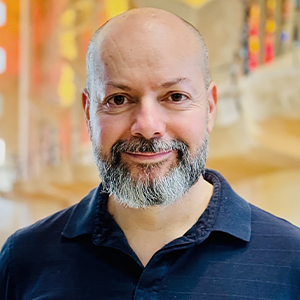
Rod Solar
Founder & Scalable Business Advisor
For over 20 years, I’ve helped ophthalmology entrepreneurs scale their private practices. I specialise in doubling revenue within three years by offering a proven framework, hands-on experience, and a team of experts who implement what works. We take the guesswork out of growth and scale, so you can focus on delivering exceptional patient care while maximising the value of your business.
LiveseySolar completely transformed the way we were approaching this… We’ve gone from having just the dream of having a practice to having a practice up and running with people making inquiries and booking for procedures… It’s extremely pleasing. We feel lucky we connected with LiveseySolar.
— Dr Matthew Russell, MBChB, FRANZCO, specialist ophthalmic surgeon and founder of VSON and OKKO

Laura Livesey
Founder & CEO
I’m the co-founder & CEO of LiveseySolar. I’ve developed powerful eye surgery marketing systems that increase patient volumes and profits for doctors, clinics, and hospitals, since 1997.
Rod and Laura know as much about marketing surgery to patients as I know about performing it. They are an expert in the field of laser eye surgery marketing. They know this industry inside out. I believe that they could help many companies in a variety of areas including marketing materials, sales training and marketing support for doctors.
— Prof. Dan Reinstein, MD MA FRSC DABO, founder of the London Vision Clinic, UK







